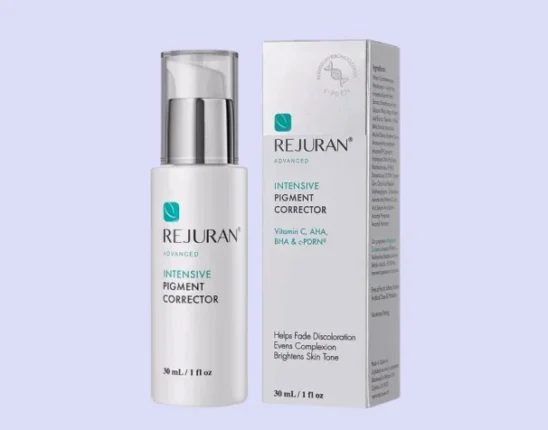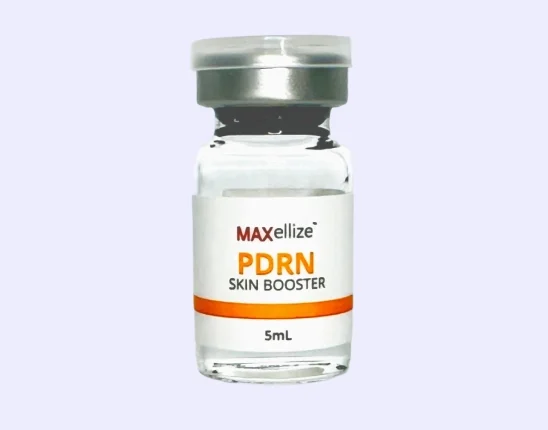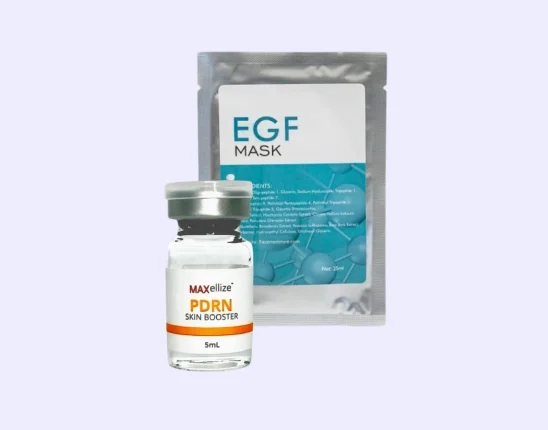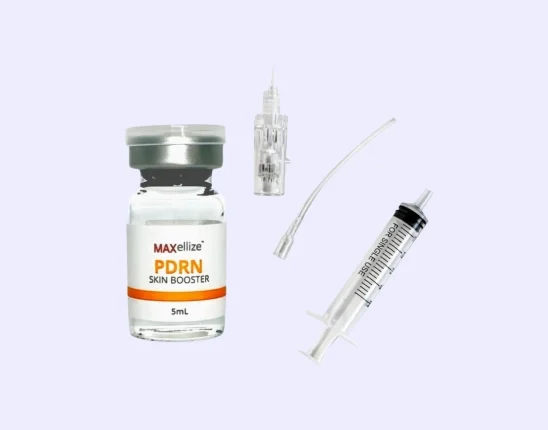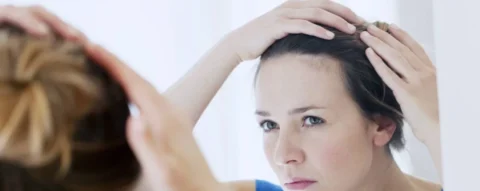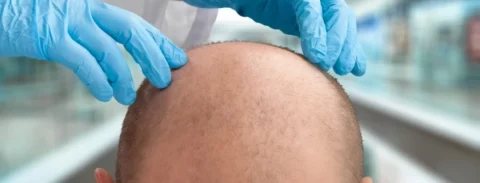Anti-inflammatories are medications that have a wide range of uses, from treating an inflammatory disease to relieving soreness and fever. These uses are due to the anti-inflammatory effect of these medications. However, aside from their benefits, these medications also have known adverse effects, including hair loss.
So are hair growth factors in platelet-rich plasma suppressed by anti-inflammatories? Yes, growth factors in platelet-rich plasma are suppressed by inflammatories and there are studies that back up this claim. The anti-inflammatory activity of these medications causes a decrease in growth factor levels in platelet-rich plasma, also causing a decrease in its beneficial effects such as its hair growth-promoting effect.
Effects Of Anti-Inflammatories On The Therapeutic Profile Of Platelet-Rich Plasma
Platelet-rich plasma works through the stimulation of platelets to cause the release of growth factors that cause cell proliferation, such as vascular endothelial growth factor, epidermal growth factor, and hepatocyte growth factor.
These growth factors are also associated with the attenuation of diseases such as cardiovascular disease, neural diseases, axonal injury, and hair loss. These disorders are addressed in a dose-dependent manner.
Since platelets are the ones responsible for the mechanism of action of PRP, it’s only intuitive to think that inhibition of platelets which may be due to external causes such as the administration of antiplatelet and anti-inflammatory medications may lead to the decline in the therapeutic profile of PRP.
Several studies prove this to be true, as it was observed that anti-inflammatories cause a decrease in the growth factor gene expression, protein expression, and concentration, a mechanism dependent on the irreversible and competitive inhibition of cyclooxygenase (COX) 1 and 2 which are relevant for platelet activation.
How NSAIDs Cause Hair Loss
In the human body, there exist 2 isoforms (structurally-related forms) of prostaglandin endoperoxidase synthase (PGHS-1). Specifically, these 2 isoforms are the PGHS-1 which has cryoprotective effects, and the PGHS-2 which is the inducible isoform.
The localization of these 2 isoforms in the dermal papilla of the human hair follicle implicates these 2 to be associated with hair growth, especially PGHS-1 which is more widely expressed compared to PGHS-2 that’s only expressed faintly and is present only during the anagen phase of the hair cycle.
This, in turn, indicates that hair loss associated with NSAIDs is primarily due to the targeting of this medication of PGHS-1. This is a direct effect of the drug on hair loss in that it’s an adverse effect of the drug against hair growth.
Similarly, hair loss may also be indirectly facilitated by NSAIDs by rendering platelet-rich plasma, a treatment for hair loss, ineffective as described previously.
Other Medications With Inhibitory Effect To Hair Growth

The adverse effect of different classes of drugs manifests in different ways due to their undesired and unexpected targeting of other organs. One of these side effects is hair loss, brought by the suppression of the division of hair matrix cells (anagen effluvium) or forcing the hair cycle to prematurely go into the resting phase (telogen effluvium). Some of the classes of drugs associated with hair loss include antirheumatic drugs, anti-gout medications, hormonal medications, and blood thinners.
1) Antirheumatic Drugs
Disease-modifying anti-rheumatic drugs (DMARDs) are a class of drugs that works by regulating the uncontrolled inflammatory response in certain disease states such as rheumatoid arthritis. These drugs are capable of stopping immune cells from proliferating; however, they can’t discriminate and can also cause the suppression of the growth of hair follicles. Examples of DMARDs associated with hair loss include methotrexate and leflunomide.
2) Anti-Gout Medications
Anti-gout medications are a class of drugs that work by preventing the reabsorption of uric acid at the proximal convoluted tubule of the kidneys, therefore resulting in the lowering of the uric acid levels that are elevated in people with gout. Common anti-gout medications with hair loss as side effects include colchicine and allopurinol.
3) Hormonal Medications
The most widely-used hormonal medications are those that are for birth control, including the combined pill and progestin-only pill. These pills contain the synthetic form of progesterone which is progestin, the component responsible for hair loss, because of its androgenic activity.
4) Blood Thinners
Telogen effluvium is the mechanism of action behind the hair loss observed 12 weeks after taking anticoagulants or blood thinners. Common anticoagulants that cause this side effect include warfarin sodium and heparin injections.
Management Of Medication-Induced Hair Loss
Management of medication-induced hair loss entails identifying which drug is exactly causing the observed hair thinning. Upon making sure that a certain drug causes hair loss, consult with your health care provider about the possibility of changing the medication or adjusting the dose of the medication may be done.
However, in cases that switching medications or tapering off the dose isn’t possible, using medications, following a healthy diet, supplementing it with nutrients that may be deficient, and following stress management techniques are just some of the recommendable ways to manage medication-induced hair loss.
1) Minoxidil And Other Medications
Minoxidil is a drug with an unknown mechanism of action that’s FDA-approved due to its proven safety and efficacy profiles. It’s over-the-counter which is indicative of its having minor side effects such as irritation and eczema. It’s may be applied even on dry hair, and its topical administration includes applying 1 mL of the medication using an applicator or putting 20 drops in the scalp affected with hair loss. Other medications that may be used against hair loss include spironolactone, finasteride, and flutamide.
2) Lifestyle Modifications
A balanced diet no doubt helps the body maintain its healthy state, manifested in the proper functioning of organs. Even hair loss is known to be linked to diet and poor nutrition may aggravate this disorder caused by drug use. A diet rich in the following (or, alternatively, using food supplements containing such) may help improve the appearance of thinning hair:
- Folic Acid – Patients who use methotrexate are often advised to take folic acid supplements to avoid anemia associated with a decrease in folic acid and also to avoid hair loss.
- Iron – Supplementation of the diet with iron helps against hair loss as evidenced by the observation that the reversal of iron deficiency anemia causes a reversal in hair loss. Moreover, iron also plays a critical role in hair growth as a regulator of genes for hair growth.
- Zinc – Zinc is an important mineral for many biological processes including the hair growth cycle due to its role in the functioning of enzymes and transcription factors.
- Fatty Acids – Deficiency in fatty acids, most notably the essential fatty acids omega-6 and omega 3, are associated with thinning hair and loss of pigmentation so eating foods rich in such may be helpful in reversing hair loss.
- Vitamin D – It was observed that an increase in the severity of telogen effluvium is linked with a decrease in serum vitamin D2, indicating the association of vitamin D deficiency with hair loss.
- Vitamin E – Vitamin E has known antioxidant effects, thus helping combat hair loss by neutralizing the deleterious effects of cytotoxic agents such as reactive oxygen species.
Stress is another factor that may result in the aggravation of hair loss so managing stress through seeking professional help, doing mindfulness exercises, yoga, among others.
Other Causes Of Hair Loss
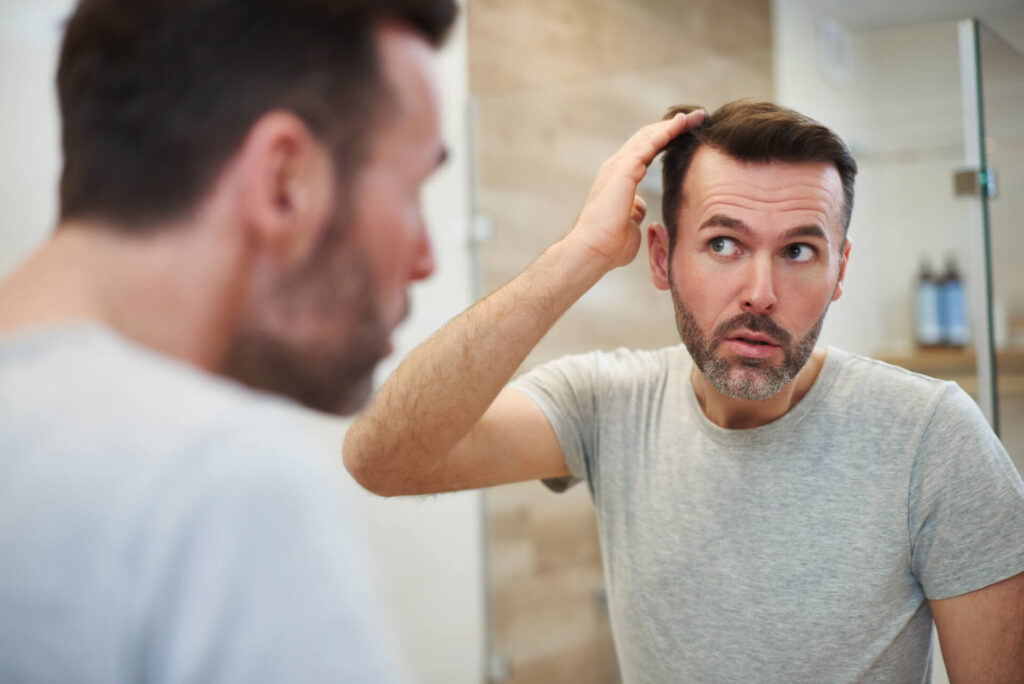
If stopping the medications, applying minoxidil, or following lifestyle modifications don’t work, hair loss may not be due to medications and may be due to other causes. Other types of hair loss include androgenetic alopecia, alopecia areata, traction alopecia, trichotillomania, and undergoing cancer therapy.
1) Androgenetic Alopecia
Androgenetic alopecia is a hereditary form of hair loss common in both men and women. Those that are predisposed to develop this condition have high levels of androgenic hormones and their receptors, namely dihydrotestosterone and 5-alpha reductase.
Distinctive patterns of androgenetic alopecia hair loss may be observed in men and women. In men, a characteristic M-shaped pattern may be observed. In women, on the other hand, the hairline rarely recedes and they rarely become bald, with the pattern only shown to be the thinning of the part line of hair.
2) Alopecia Areata
Alopecia Areata is an autoimmune disease, meaning it’s a disease where immune cells mistakenly attack the healthy cells of the body. It’s an inflammatory disease that affects the hair and nails wherein the immune cells such as CD8+ and CD4+ T cells attack the hair follicles to force them to transition prematurely from anagen (the actively growing phase) to telogen (the resting phase).
Treatment of glucocorticoid is used to treat this hair loss disorder, although side effects such as glucocorticoid-induced osteoporosis may be observed because of the use of this medication.
3) Traction Alopecia
Traction alopecia is an acquired hair loss brought by continuously subjecting the hair to tension, most commonly in tight ponytails in women. Other causes of traction alopecia include wearing tight braids, using hair extensions, and pulling on the scalp.
A common manifestation of this disorder is the “fringe sign”, observed during the physical examination as baby hairs are seen along the margins in which hair loss occurred. The red and sore scalp may also be associated with this condition.
4) Trichotillomania
Trichotillomania is a psychiatric disorder characterized by the excessive and irresistible urge to pull hair from parts of the body with hair, such as the scalp, the eyebrows, and others. Picking the skin, biting the nails, and chewing the lips are also done by people with this psychiatric disorder.
Attempts to stop the hair pulling urge is in vain, especially because pleasure or relief is felt after pulling the hair or may be a way to release negative emotions. People with trichotillomania may be doing it consciously to relieve the urge (focused) or unconsciously when bored (automatic). Some may even resort to eating the hair that they pulled, resulting in bezoars.
5) Cancer Therapy
Radiation-induced alopecia is hair loss associated with doses of radiation, a type of cancer therapy. This is due to the failure of radiation to discriminate between normal, healthy cells and cancer cells, leading to this medication attacking even normal cells of the hair follicles. This mechanism is also the same for chemotherapeutic drugs for cancer therapy.
PEP Factor: The Best Hair Restoration Formulation
A decrease in the therapeutic profile of platelet-rich plasma injections is a dilemma, especially in people who have other medical conditions that must be treated with the use of anti-inflammatories.
As such, it’s a good idea to proceed with a combinational treatment for better and more optimum results. This may be done by complementing PRP with other treatment modalities.
PEP Factor is a ready-made formulation made of natural ingredients such as essential proteins and nourishing products. Its main active ingredients are basic fibroblast growth factor (bFGF), a growth factor with growth-promoting activities, and copper peptide, an ingredient with known antioxidant properties.
Because of its natural formulation and topical application, PEP Factor has minimal side effects and may be safely complemented with other treatments such as PRP and microneedling.
Microneedling works by creating micro-injuries in the scalp through the handheld device called derma roller that has small needles on it. This stimulates the release of growth factors for hair growth. Because of the creation of micro-injuries, it’s also important to ensure that the derma roller is made from trusted suppliers such as FACE Med Store so that side effects will still be minimal.
PRP, PEP Factor, and microneedling may also be used in the treatment of skin problems as they’re known for their ability to cause skin rejuvenation.
Get Expert Hair Restoration Products And More At FACE Med Store
The therapeutic profile of platelet-rich plasma may decline upon the administration of anti-inflammatories. This is because of the suppressive effects of these medications on platelet activation, a necessary aspect of PRP.
At FACE Med store, we offer PEP Factor, a high-quality hair restoration product that can help improve the therapeutic benefits of PRP despite the administration of anti-inflammatories. We also offer other medical products for other additional treatment modalities that may be used in conjunction with PRP therapy. Get to know more about our products by contacting (800) 770-9083 or browsing through our online shop.
